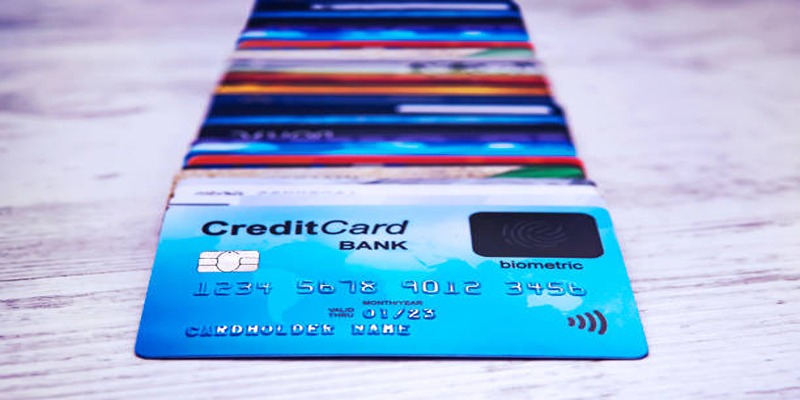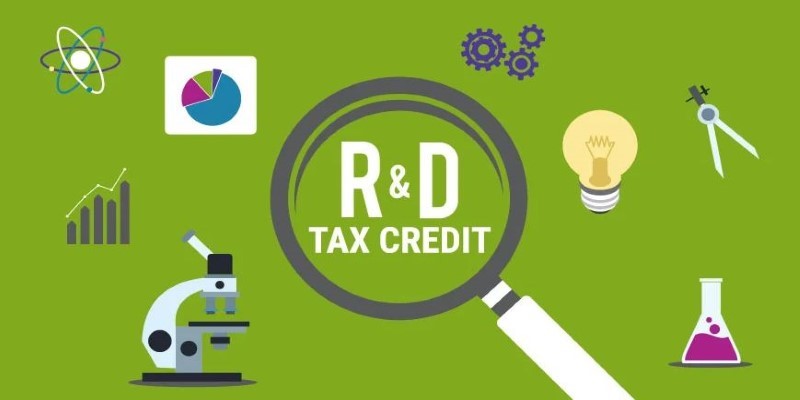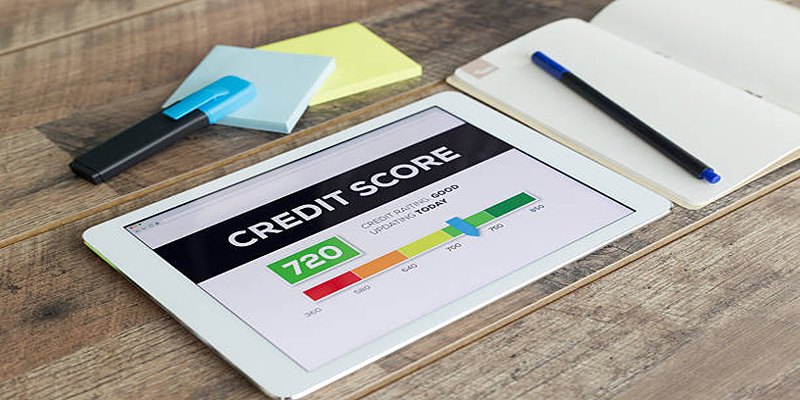When it comes to managing unexpected expenses, funding new opportunities, or consolidating debt, personal loans have become a popular financial tool. But not all personal loans are created equal. With a wide range of options available, understanding the nuances of each type can help you make the best financial decisions. This guide will explore the various types of personal loans, their features, and the best applications for each.
What Is a Personal Loan?

A personal loan is a sum of money borrowed from a lender (like a bank, credit union, or online lender) that you repay over time with interest. These loans are typically unsecured, meaning they don't require collateral like a car or house. Interest rates, loan terms, and qualification requirements vary widely depending on the lender and your credit score. Some loans are tailored for specific purposes, while others offer flexibility for any financial need.
Types of Personal Loans
1. Secured Personal Loans
Secured personal loans require collateral to back up the loan. Lenders may accept assets like a car, savings account, certificate of deposit (CD), or other valuable items. Because this loan type reduces risk for the lender, secured loans often come with lower interest rates and higher loan limits.
Best Applications:
- Borrowers with low credit scores who want to qualify for a loan with better terms.
- Anyone who needs a significant loan amount and can offer collateral (e.g., using a car title to secure funds).
Risk to Consider:
If you default on your payments, the lender has the right to seize the collateral used to back the loan.
2. Unsecured Personal Loans
An unsecured personal loan does not require collateral. Approval is based on your creditworthiness, including your credit score, income, and financial history. These loans typically have higher interest rates than secured loans, as the lender assumes more risk.
Best Applications:
- Debt consolidation (e.g., consolidating high-interest credit card debt into one manageable payment).
- Covering wedding costs, vacations, or large-ticket purchases.
- Borrowers with good to excellent credit scores seeking simple, no-collateral loans.
Key Advantage:
- No risk of losing personal property as collateral.
- Faster application process compared to secured loans.
- Can potentially improve credit score if used responsibly and payments are made on time.
3. Fixed-Rate Personal Loans
With fixed-rate personal loans, the interest rate stays constant throughout the loan's term. Your monthly payment amount remains consistent, making it easier to budget.
Best Applications:
- Home improvement projects, where stable monthly payments are ideal.
- Managing predictable payments over the long term without worrying about fluctuating rates.
What to Look For:
Compare fixed-rate options across multiple lenders to secure a competitive interest rate.
4. Variable-Rate Personal Loans
A variable-rate personal loan, on the other hand, comes with interest rates that can fluctuate based on market conditions. These loans may start with a lower rate, but the cost can increase over time.
Best Applications:
- Short-term borrowing where you plan to repay the loan quickly (before rates rise).
- Borrowers willing to take risks for potentially lower interest costs over time.
5. Debt Consolidation Loans
Debt consolidation loans are designed specifically for combining multiple debts into one. They often come with lower interest rates than credit cards, making them ideal for gradually paying down debt while saving money on interest.
Best Applications:
- Merging multiple credit card balances, medical bills, or personal debts into one monthly bill.
- Borrowers aiming to avoid the cycle of minimum credit card payments.
Why It Works:
By simplifying payments and reducing interest costs, these loans provide a pathway to becoming debt-free faster.
6. Co-Signed Personal Loans
For borrowers with low or no credit history, a co-signed personal loan can be a gateway to loan approval. A co-signer (often a family member with a good credit score) takes on responsibility for the loan if the primary borrower defaults.
Best Applications:
- Students or young adults building credit.
- Borrowers unable to qualify for traditional loans on their own.
Important to Consider:
Both the borrower and co-signer share equal responsibility for repayment, so it’s essential to ensure trust and communication.
7. Line of Credit
A personal line of credit acts more like a credit card than a traditional loan. You’re approved for a borrowing limit, and you can withdraw funds as needed. You pay interest only on the amount you borrow.
Best Applications:
- Covering fluctuating expenses like freelancers managing uneven cash flow or unexpected maintenance costs.
- Anyone looking for financial flexibility without upfront commitments.
8. Specialty Personal Loans
Some lenders offer specialty personal loans for very specific purposes. Examples include wedding loans, travel loans, or medical loans.
Best Applications:
- Borrowers with unique spending needs who want financing tailored to their situation.
- Individuals who are expected to pay for large expenses but might not have the means to do so all at once.
How to Choose the Right Personal Loan

Selecting the best loan comes down to your financial needs, creditworthiness, and repayment capacity. Follow these tips to make an informed decision:
- Define Your Goal: Are you consolidating debt, home renovating, or funding a one-time purchase? Be clear about why you need the loan.
- Know Your Credit Score: Your credit score has a significant impact on loan eligibility and interest rates. If you're unsure of your score, check it through free tools or credit bureaus.
- Compare Lenders: Each lender offers unique terms, rates, and fees. Compare offers from banks, credit unions, and online lenders to ensure you get the best deal.
- Understand the Fine Print: Pay attention to APR, loan terms, fees (origination or prepayment penalties), and repayment flexibility.
- Review Monthly Budget: Ensure the loan you choose aligns with your monthly budget. The last thing you want is to take on a financial burden you can’t manage.
Final Thoughts
Taking out a personal loan is a significant financial decision that requires careful consideration and thorough research. By assessing your needs, understanding your creditworthiness, and comparing lenders, you can secure a loan that fits your financial situation. Always read the terms carefully, ask questions when in doubt, and ensure the loan aligns with your long-term financial goals. Responsible borrowing is key to maintaining financial well-being and achieving your objectives.












